FIFO vs. LIFO: Which Queueing Strategy Is Better for Availability and Latency?
DZone
MARCH 14, 2023
In this post, we'll explore both strategies through a simple simulation in Colab, allowing you to see the impact of changing parameters on system performance. After all, as the saying goes: " I hear and I forget, I see and I remember, I do and I understand. You can find the details in this Colab.









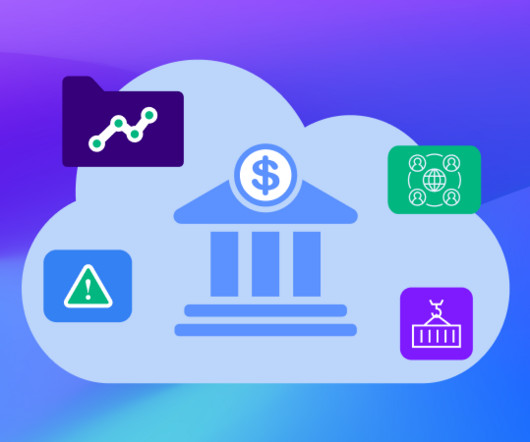



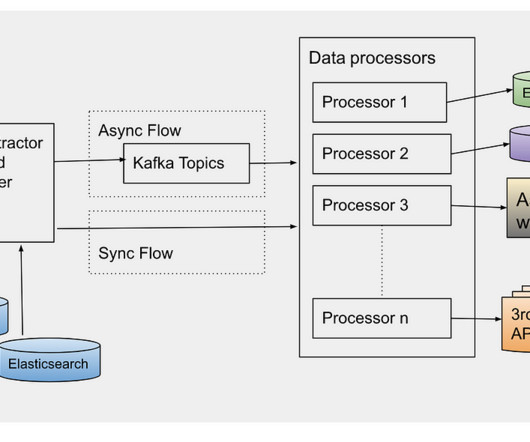











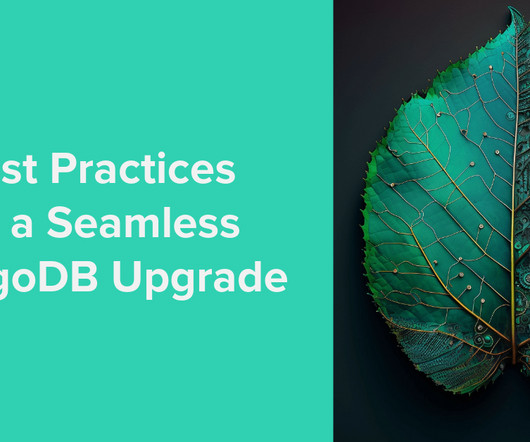







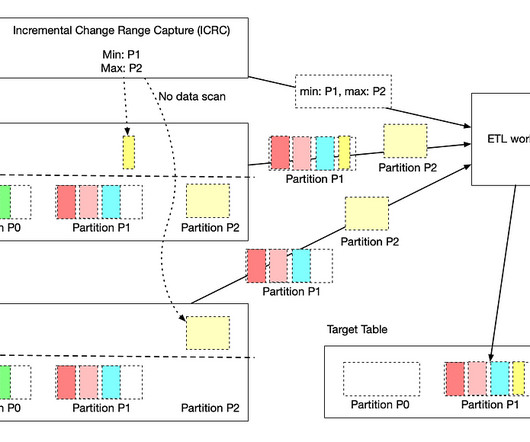



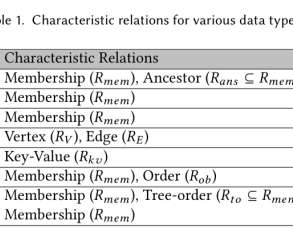





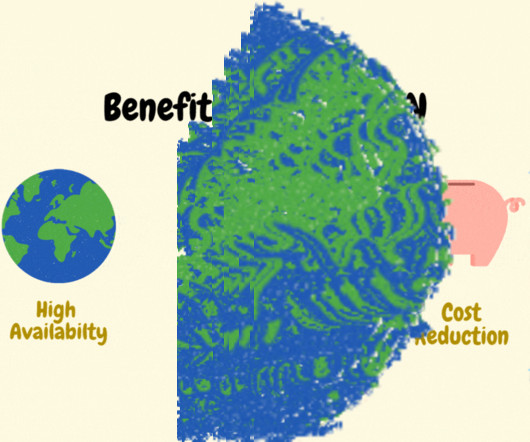






Let's personalize your content